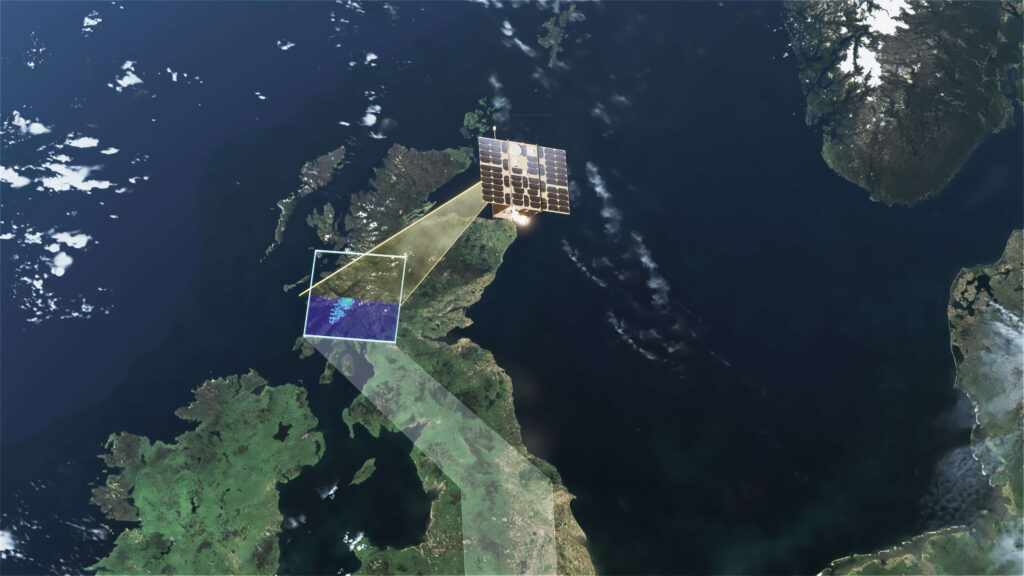A consortium of ISISpace, TNO, KNMI and SRON has presented their proposal for the TANGO space mission during the final selection round for ESA’s first Scout mission. TANGO is one of four remaining candidates and will zoom in on concentrations of greenhouse gases in high resolution. It is aimed to complement the larger European climate satellites such as CO2M and Sentinel-5(p), which scan the atmosphere with a wider field of view. The final selection is expected in November.
For the final step in the selection process, Jeroen Rotteveel (ISIS), Jochen Landgraf (SRON), Zeger de Groot (ISIS) and Nurcan Alpay Koc (TNO) presented their proposal to the advisory committee of ESA’s Earth observation program. TANGO (Twin ANthropogenic Greenhouse Gas Observers) consists of two satellites—TANGO-Carbon and TANGO-Nitro—that can measure respectively methane (CH4), carbon dioxide (CO2) and nitrogen dioxide (NO2).
zoom in
Thanks to their wide field of view, the European climate satellites CO2M and Sentinel-5(p) can quickly scan the entire globe for greenhouse gas concentrations, such as those of CO2 (CO2M) and CH4, NO2 and CO (Sentinel-5(p)). A disadvantage is their inability to zoom in with high spatial resolution or focus on an interesting emission source. If TANGO is chosen as the first Scout mission, its high resolution with pixels of only 300 by 300 meters allows it to zoom in on places that e.g. CO2M or Sentinel-5(p) consider interesting. An important feature of TANGO is the flexibility to respond to user requests. The satellites can maneuver quickly for this purpose and have a ‘stare mode’, meaning their view remains fixed at one spot, even though they’re racing across the surface of the earth at about 30,000 km/h.
ISISpace is the main contractor, TNO is responsible for the development of the instruments and SRON and KNMI share the scientific lead of the project. Jochen Landgraf (SRON) is the lead scientist for TANGO-Carbon.



